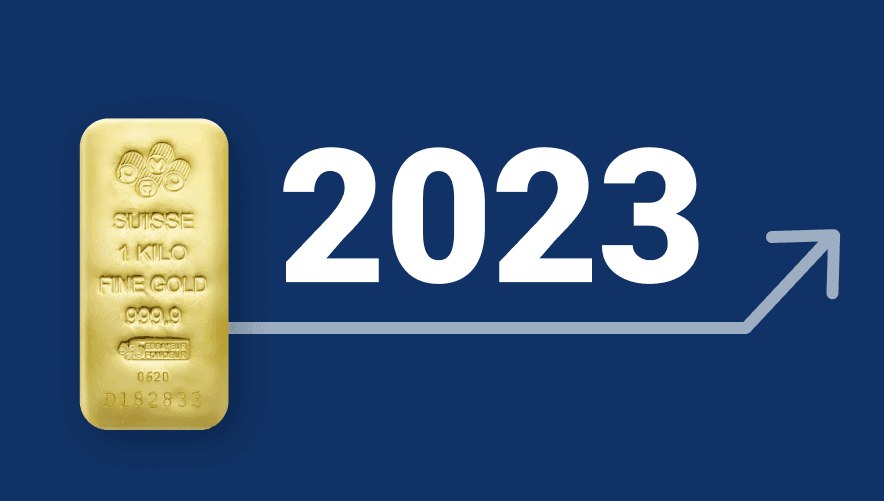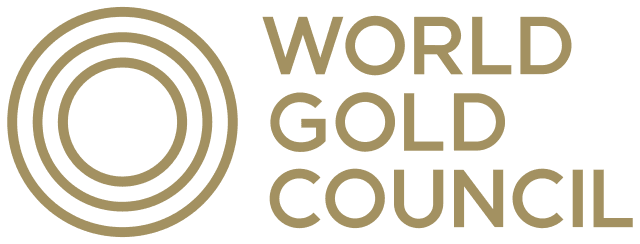Will the Gold Price Rise in 2023?

What will be the key factors determining the gold price in the new year? What are the chances of gold reaching new heights? Here are some of the most interesting forecasts for 2023.




What will be the key factors determining the gold price in the new year? What are the chances of gold reaching new heights? Here are some of the most interesting forecasts for 2023.


